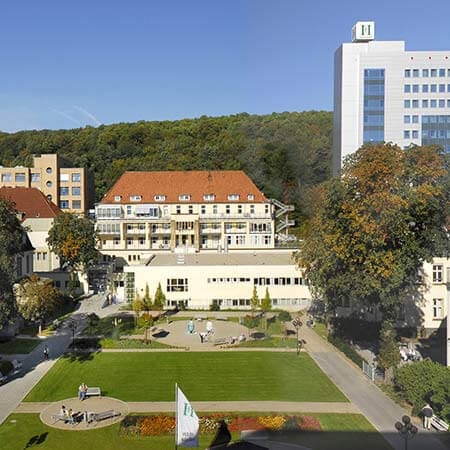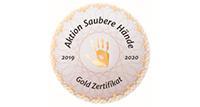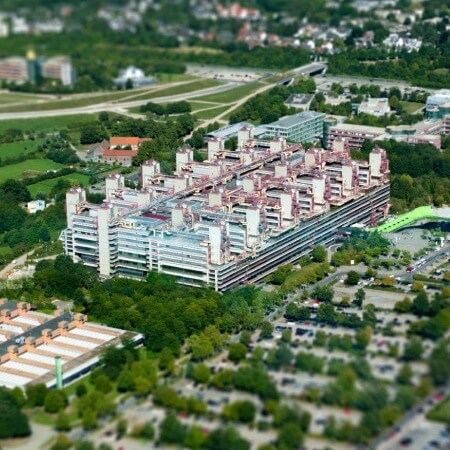About the disease
Trauma can occur if the skin comes into direct contact with fire, electricity, hot surfaces or some chemicals, with varying degrees of severity. Boiling hot water can also cause similar injuries through scolding. Even exposure to the sun can cause painful burns that require reconstructive surgery.
The severity of skin burns is categorised into four degrees. First degree burns can occur after sitting in the sun a little bit too long. The skin is red and a tingling sensation can be felt. This usually goes away after a few days or weeks and can be soothed with aloe vera or similar after-sun lotions. Second degree skin burns take longer to heal and cause blisters or thickening of the skin. Third-degree burns describes prolonged heat injury to deeper layers of the skin, with affected patches of skin becoming thick and white or charred. With fourth degree burns, the bones and tendons are also burnt.
Third and fourth degree burns are considered a medical emergency and may even require surgery. If more than 35% of the skin is burnt, the injuries can prove to be fatal without immediate medical attention. The most serious complications of this type of burn are infections, massive blood loss and shock. Infections such as sepsis can be life-threatening. Body temperature can also change drastically, which can be very dangerous.
Symptoms
- Red skin
- Blistering
- Thickening of the skin
- Pain in the affected area
- Bleeding
- Headache, in severe cases
- Dizziness, in severe cases
- Shock, in severe cases
Diagnosis
- During a general examination, the doctor will look at the patient’s skin, to assess the severity of the burn.
- The doctor will evaluate the extent of damage to the skin and decide whether or not immediate medical treatment is necessary. The doctor will measure the size of the burn against the total body surface area.
- The doctor will take the patient’s temperature and assess their emotional and mental state.
- Open wounds will be cleaned and bandaged, to prevent infection and blood loss.
- Imaging tests may be required, to find out if the injuries extend to the bones or tendons.
Treatment
- Conservative treatment aims to cool the skin and flesh temperature down. For example, holding the affected area under running water (set to cool) or in a vat of cool water can be effective immediate treatment. Special ointments, creams and medications can also be used to reduce the pain and inflammation.
- Reconstructive surgery may be required for serious burns. Skin grafting may be performed for this purpose, if deep burns caused damage to a large area of skin.
Authors: Dr. Nadezhda Ivanisova, Dr. Sergey Pashchenko

















